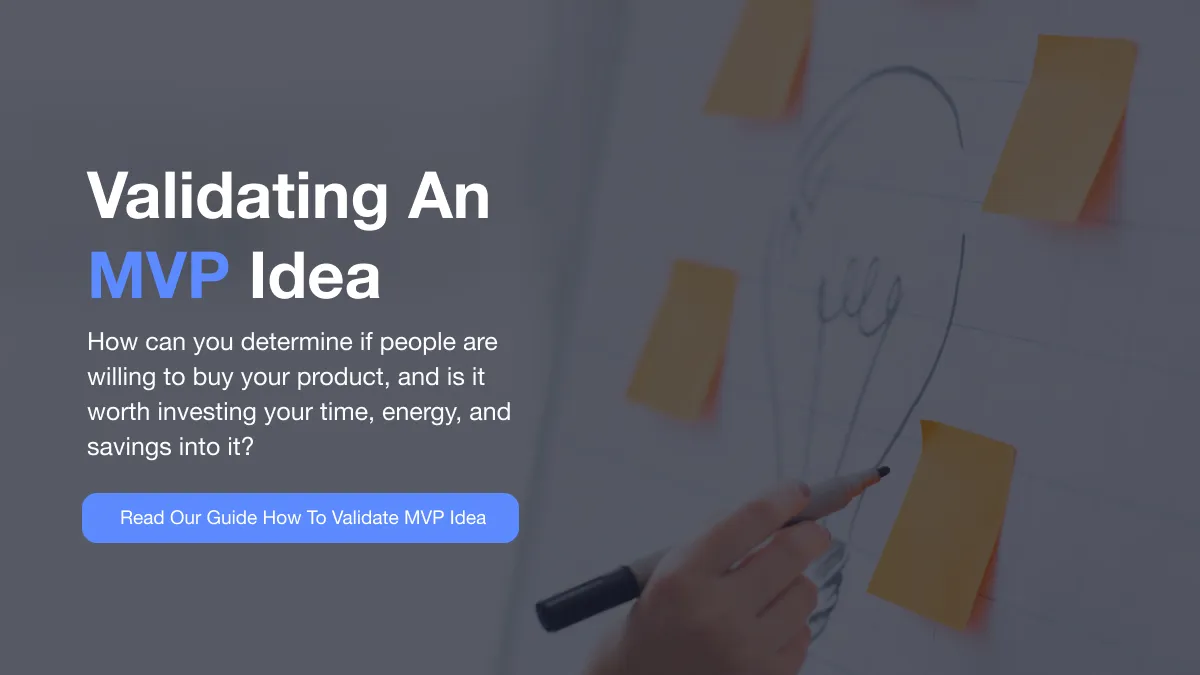EXPLORE
Got a Question? Connect with our experts.
Talk to an Expert
Got a Question? Connect with our experts.
Talk to an Expert
When you have a new product idea, it is tempting to dive in right away.
But how do you know if people will be willing to purchase your product?
Is it worth investing your time, energy, or maybe even your life savings into it?
That is where the idea of Minimum Viable Product (MVP) comes in.
An MVP is the simplest version of your product that lets you test the core idea and gather real feedback from potential users.
The goal of MVP is to release a basic version to see if people actually use it and find value in it.

Validating your MVP helps you gather feedback, identify problems early, and make smarter decisions before fully committing to building the product.
Why Validating Your MVP is Crucial?
Validating your MVP helps you avoid unnecessary risks and wasted resources. It will help you detect potential problems early, so you can tweak or pivot before it is too late.
A validation process not only guides product improvements but also helps you make smarter, data-driven decisions.
Cost efficiency
CB Insights has identified that the lack of market need and running out of cash present the biggest threats to startups.
Validating your idea through the MVP will help you lower those risks.
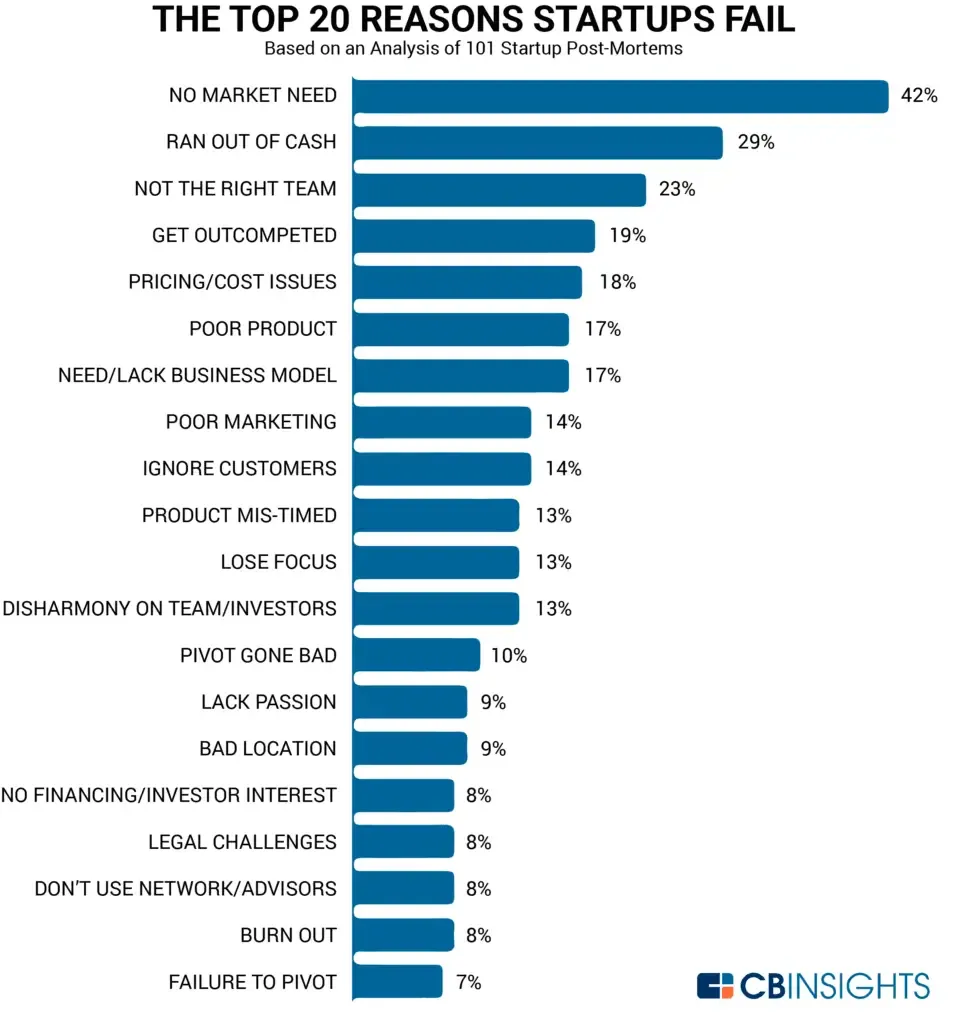
source: CB Insights
The MVP doesn’t need to be perfect. It just needs to work well enough to provide value.
Focusing on providing value through solving a particular problem will allow you to strip unnecessary features from your MVP.
The challenging part is identifying which features are necessary. Fortunately, there are multiple feature prioritization frameworks that can help you identify the most impactful features.
This way, you can test your idea without wasting resources and make smarter decisions from the start.
Faster Time to Market
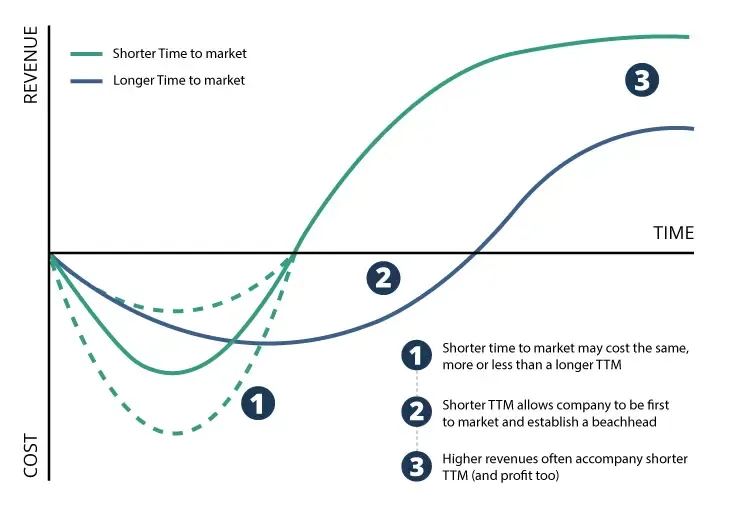
source: TCGen
Building an MVP enables you to start generating revenue much sooner rather than waiting for the entire project to be completed.
It means, that instead of waiting months to launch a fully-fledged product, you can release a basic version quickly, gather feedback, and improve along the way.
You get ahead of competitors and start building a user base sooner.
Gathering feedback from real user interactions with your product is the key.
Only after releasing your product to the public, you'll be able to start making data-driven decisions.
Iterative Improvement
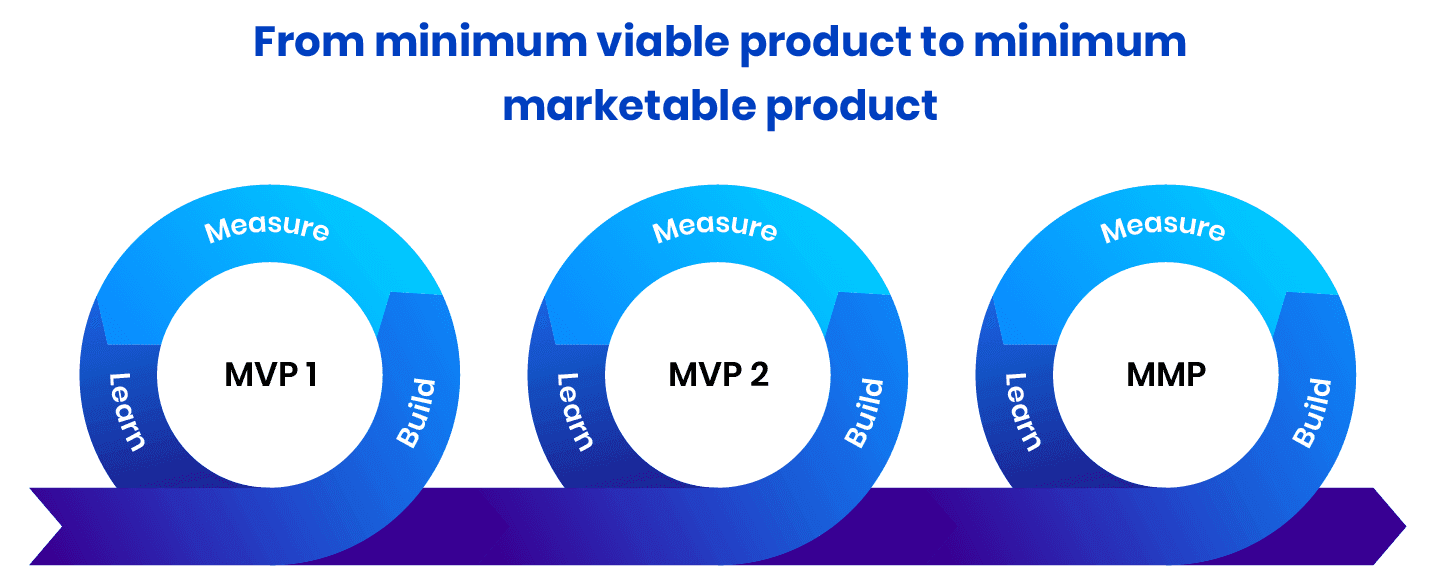
Source: RubyGarage
Iterative Improvement is a continuous process that helps you rely on data.
It's made of a few steps:
- Collect user feedback and analyze data
- Make an assumption
- Implement changes
- Test & validate
- Repeat the cycle
Each round of feedback allows you to refine and improve your product step by step.
With each update, you get closer to a product that people love.
You might think you know what your customers want, but the truth is, that real-world feedback is the only way to be sure.
Product-market fit
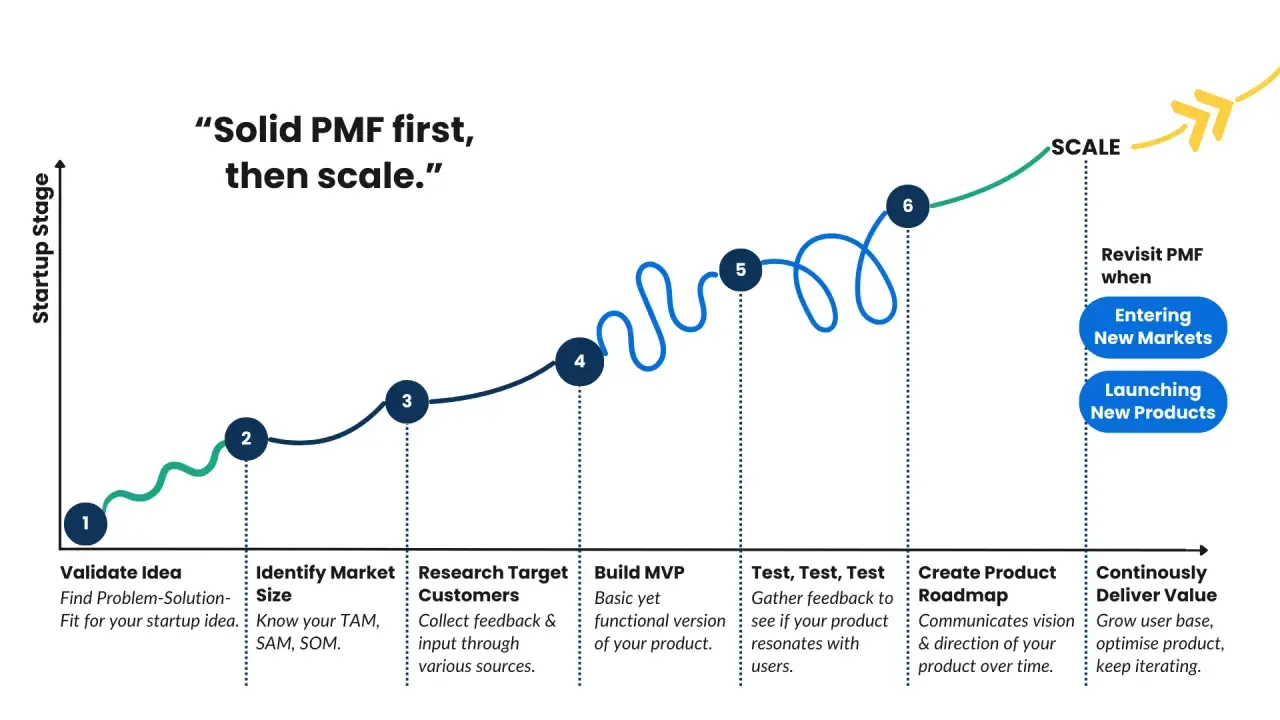
Source: MarketSizer
Building an MVP is an essential step between idea and product market fit.
It's not only essential but a first concrete step because it's a point in your product journey where your idea comes to life.
It's a step where you put your MVP to the test, making sure your product truly addresses a real market need.
Instead of building a product in a vacuum, you are confirming that what you are creating solves a problem people are willing to pay for.
Early Adopter Engagement
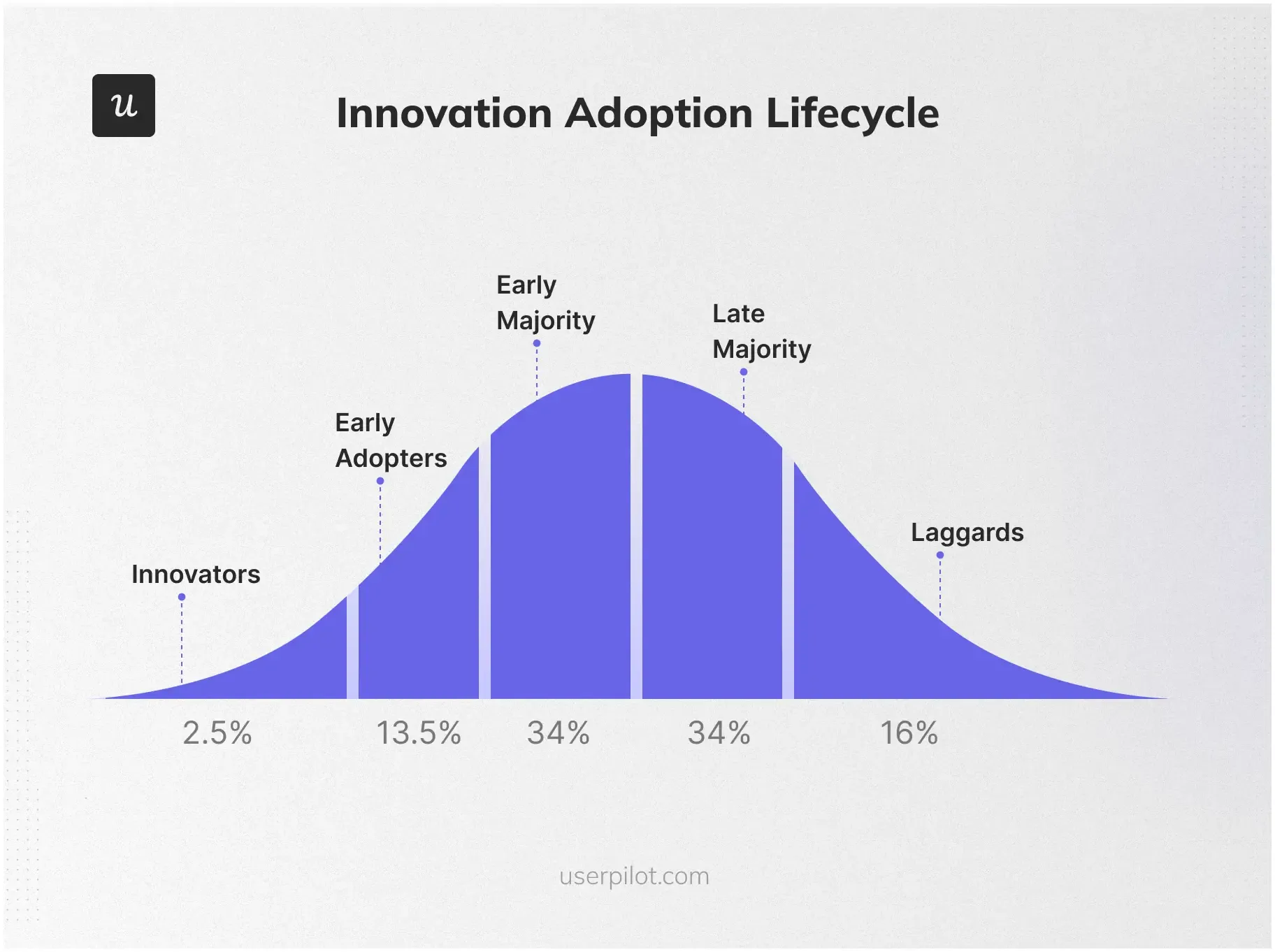
Source: userpilot
By getting your MVP in front of real users early on, you are starting to build a community of supporters.
But you need to know which users to market to first.
It's crucial to carefully define your ideal customer profile and start marketing your MVP to the people who are more likely to adopt your product.
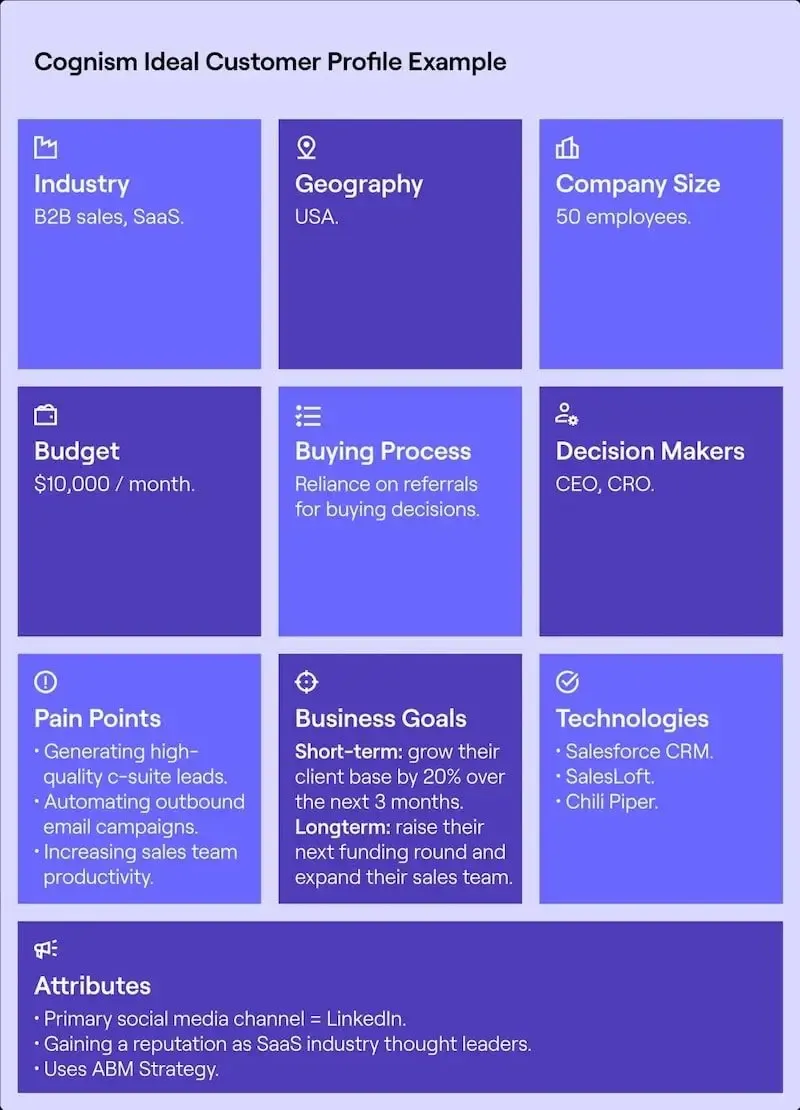
source: cognism
Identifying the ideal customer profile will set you a step closer to your early adopters.
Now you can narrow down who would be most likely to give your product a try.
MVP problem-solving analogy

Let's take a look at an example.
Imagine your hair is on fire! Yes, your hair is currently on fire.
The person next to you has a bucket of water.
How easy it would be for that person to sell you the bucket?
Super easy!
Why?
Because he has a product that addresses your problem perfectly.
This is what you want your MVP to be for your customers.
6 Steps to Effectively Validate Your MVP
The goal of validating an MVP is all about getting your idea in front of people.
Don't worry about someone stealing your idea. If it's a viable market, competition will emerge after you launch anyway.
1. Cold Call Your Ideal Customers
Before investing a single dollar into building an MVP, you should start by validating the demand.
Reach out to 20 people who fit your ideal customer profile and are most likely to purchase your MVP and ask them the following questions:
- How do you solve this problem currently?
- What’s the most frustrating part of your current solution?
- How much time/money does this problem cost you?
- If a solution existed that solved this problem effectively, how interested would you be? (Scale 1-10)
- Have you actively looked for a better solution? If yes, what options have you considered?
- What features or capabilities would be most valuable to you?
- What would stop you from using a new solution?
- Do you currently pay for any tools or services that attempt to address this issue? If so, how much?
- How much would you be willing to pay for a tool that solves this problem?
- Would you be willing to test an early version of this product?
2. Collect Feedback through Surveys
Surveys and interviews are great for assessing product demand.
They can be combined with a marketing campaign to find people who are willing to do a free or paid survey.
Always be specific in your questions. Instead of “Do you like it?” ask “What did you think about the feature X?”
These responses will help you fine-tune your MVP and get a better understanding of whether you are on the right track.
3. Set Up a Landing Page to Asses Demand
Before you build the full product, try testing the concept with just a landing page.
This approach is also called a fake door MVP.
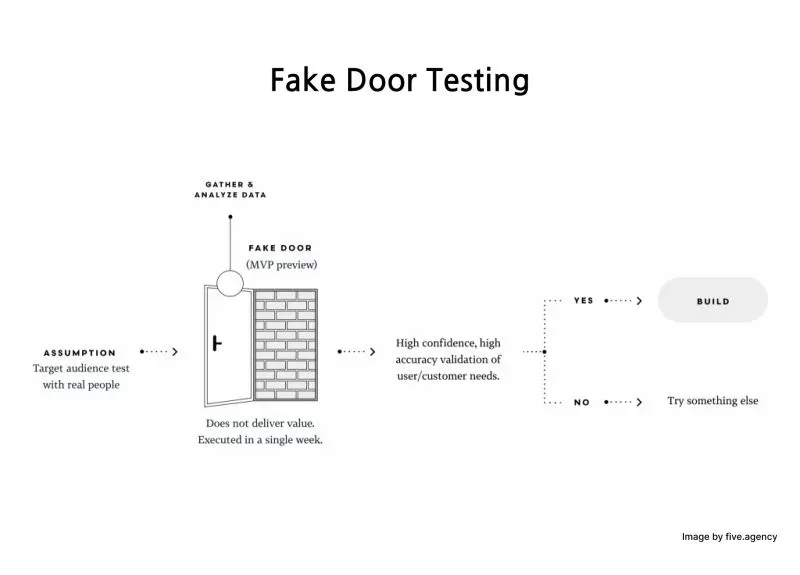
Source: five.agency
Explain your MVP on a landing page like it's already fully built.
Let people sign up for more info or early access.
If they are interested enough to give you their email, you have got a strong indicator of demand.
This gives you a good idea of whether there is actual demand for your product before investing too much time and money into it.
One tip would be to drive traffic to the page using paid ads.
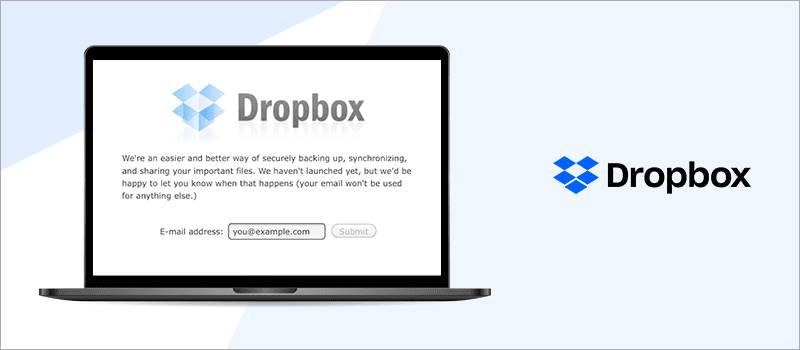
4. Try Pre-order or Crowdfunding
A great way to validate your MVP idea and secure some funding at the same time is through pre-sales or crowdfunding.
Pre-order or crowdfunding campaigns let you test demand while also raising funds for further development.
Crowdfunding not only helps validate the idea but also builds a community of early adopters who can provide invaluable feedback as you continue to refine your product.
If people are willing to pay for your MVP before it's fully built, that is a solid validation.
It's usually done through crowdfunding platforms like Kickstarter or GoFundMe.
Here is the Exploding Kittens' promotional video from Kickstarted:
5. Marketing campaign
The marketing campaign MVP uses both free and paid digital marketing strategies available today.
Its primary objective is to validate the idea by reaching a broad audience, helping answer the crucial question:
"Will my product sell?"
Beyond validation, it allows you to experiment with different tones, messaging styles, and branding elements to determine what resonates most with your target audience.
Social media platforms like LinkedIn, Facebook, TikTok, Reddit, and Instagram provide powerful targeting options, ensuring you reach the right demographics effectively.
Meanwhile, Google Ads lets you display ads to users searching for solutions related to your MVP.
Essentially, this approach prioritizes testing market demand through marketing efforts before committing to full product development.
6. Email campaign
An email campaign MVP is a variation of the fake door method, but instead of using landing pages, it relies on email.
This approach involves sending a promotional email to potential users, highlighting your app’s features and benefits to gauge interest before development begins.
Like the fake door and landing page MVP, it helps validate demand, but with some added advantages.
Email campaigns are faster to set up than landing pages, and email subscribers are often more engaged than random website visitors, leading to higher-quality feedback.
With proper segmentation, you can target specific audiences more precisely. For example, emailing a guitar-related app promotion to a list of guitar enthusiasts ensures more relevant insights.
However, an email campaign MVP requires an existing mailing list, making it more suitable for established companies launching a new feature or app rather than startups without an audience.
Below is an example from Marketing Examples email MVP.
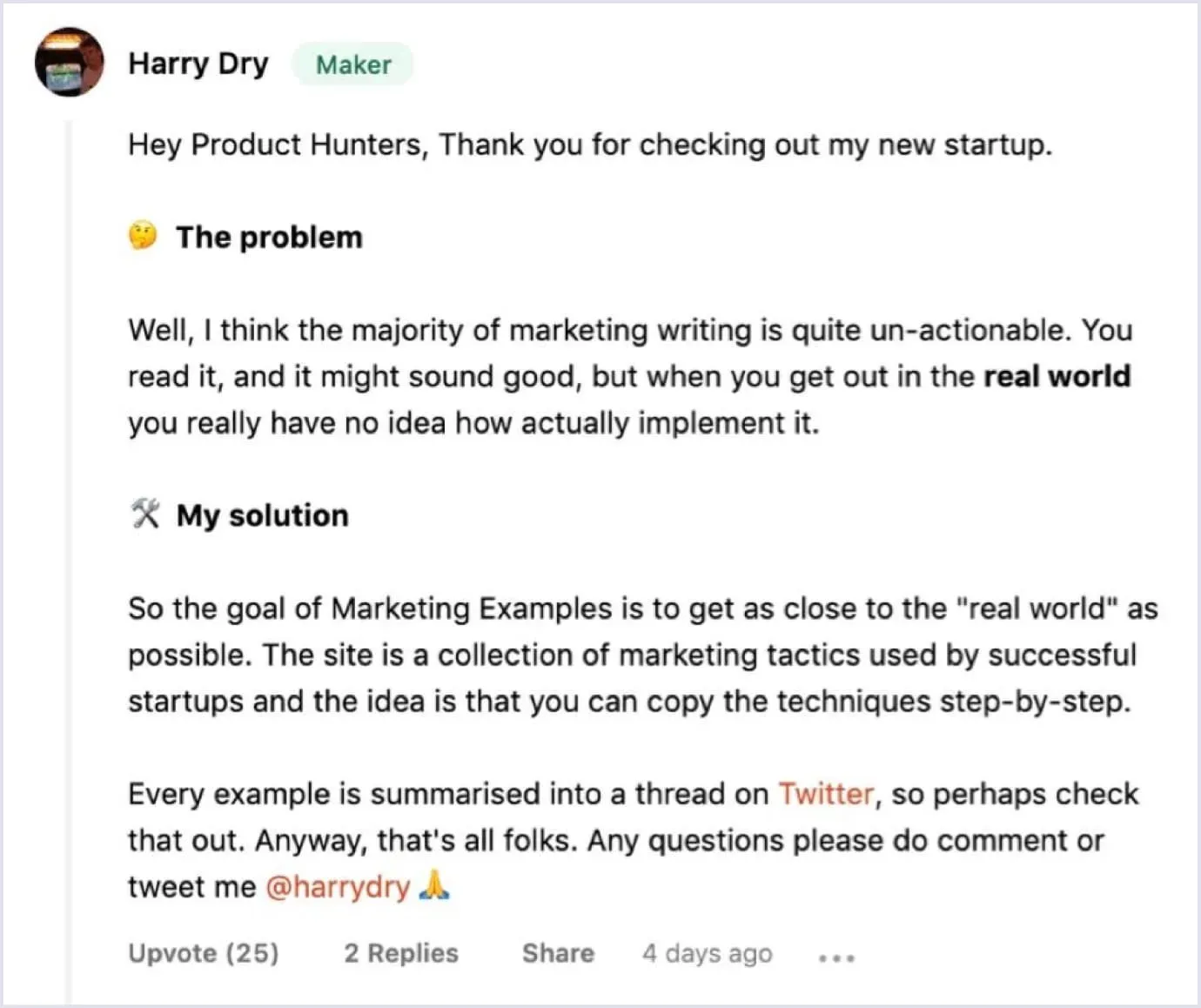
What Next? After you Validate Your MVP
Once you've validated the idea, you can focus on the process of MVP development.
Refine the MVP
Now that you have real user feedback, it is time to focus on areas that did not quite work.
This is your chance to make adjustments based on what your users actually need, not just what you think they want.
Pivot If Needed
Sometimes, validation shows that your MVP is not exactly hitting the mark.
If the feedback suggests a bigger change, don’t be afraid to pivot or adjust.
It might mean adjusting the product’s features, changing the target audience, or sometimes even altering the core problem you are solving.
The key is to stay flexible and open to change.
Start scaling
Once your MVP is validated, refined, and ready, it is time to scale.
Add more features and attract more users.
But do it gradually.
Keep testing as you go, and continue improving based on feedback.
Insights From globalsoft's Project Manager Domagoj Draškić
“Problem identification is a springboard for any solution and innovation, but it is crucial not to have that tunnel vision.
Everyone is subjective towards their own child, the same goes for ideas.
And an idea and a solution should not be put in the same basket. Subjectivity, in my opinion, is not a problem when identifying and coming up with a solution, but it becomes very important when you start implementing the solution.
That is why these external inputs and validation of the MVP itself are very important. Not to mention how many resources it can save if you go in the wrong direction and how many problems it can prevent in the long run.
So... The idea and validation must go in the same basket if we are going to talk about a quality product.”- Domagoj Draškić


Wondering how much your MVP will cost?
Use our free MVP cost calculator to get a tailor-made estimate.
Calculate MVP Costs


